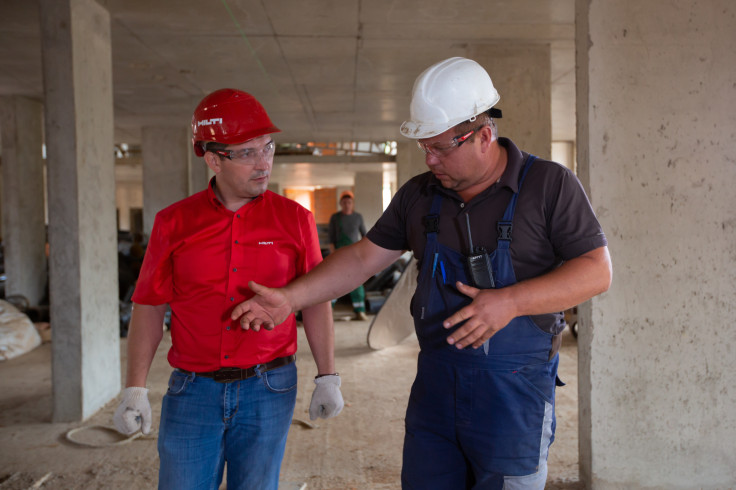
As Hispanic Heritage month continues, different cities in the U.S. are reviewing the increase in their Hispanic population in recent years, recognizing with concrete data how they have demographically, culturally and economically enriched them. The latest one to do so is Atlanta.
On Wednesday, website 33°N – which shares research on the Atlanta metropolitan region – published a study examining how the Hispanic population of the 11-county ARC region has grown and evolved over the past 30 years.
The report, managed by the Research and Analysis Division of the Atlanta Regional Commission, mentions that, in 1990, the Latino population in the 11-county region was only 55,105. By 2020, the figure had risen to 652,848.
But something that draws attention is the age groups of Hispanics according to gender, with male groups being the most numerous in 1990, especially those aged 20 to 24 and 25 to 29 years, revealing a history of migrant labor, according to the report, in which young workers, mostly men, came to the region to work without family and then returned to their countries of origin.
As of the 2000s, the data indicates, men continued to outnumber women, even more so than in 1990. The sex ratio increased to approximately 148 men for every 100 women, an imbalance that was even more pronounced among young people of working age, as the sex ratio between the 20-24 and 25-29 age groups has risen to 200.2 and 180.0 respectively. However, since then there has been a greater number of children between 5 and 9 years old. Therefore, the figures begin to tell a new story of the evolution of the Hispanic population in the Atlanta area: on the one hand, the influx of labor that led to the construction boom in the area around the 90s but with the variable that a large proportion of these workers began to settle in the area and formed families.

By the 2010s, the Hispanic population continued to swell, but, unlike other decades, the large disparities between the amount of men and women decreased abruptly. The overall sex ratio has now fallen to 115.4, according to the report. Even among the age groups where the greatest imbalances existed in 2000 (20 to 24 and 25 to 29 years), the sex ratio has decreased by 142.3 and 131.8 respectively. The group of younger children also increases substantially, especially children under five years old are now the largest age group, followed in number by the 5 to 9 year old group.
Finally, by 2020's, the imbalances between men and women practically disappear, with the sex ratio being almost equal, now 102.5 men for every 100 women. On the other hand, the population is now aging, since the age groups of 35-39 and 40-44 are now broader than those of 30-34 and 25-29.
This data is also supported by a 2021 Atlanta Regional Commission report, which notes that the Atlanta region is home to a thriving Hispanic population, with nearly half of the region's foreign-born population coming from Latin America. Recently released 2020 census data confirms that the Hispanic population remains a major driver of growth in the 11-county Atlanta region. And while growth has slowed from previous decades, the Hispanic population in the 11-county metropolitan area still increased by a solid 31% between 2010 and 2020, with employment being the biggest reason the Latino population continues to grow at an accelerated pace.
An article from galeo.org explains that "The enormous amount of growth within the Latino community is due to the ever-growing business scene in the metro Atlanta area". "The metro Atlanta region has quickly become a business center that "Attracts many promising job opportunities. The increase in job opportunities in the area has influenced the growing presence of Latino people in the region. It is expected that if the Latinx growth trend continues, by 2040 the Atlanta metropolitan area will be home to more than 820,000 people. Hispanics and Latinos, making the Atlanta metropolitan area one of the fastest growing regions for the Hispanic/Latino population."
The presence of Latinos in the area helps fuel a virtuous cycle, generating a boom in Latino-owned businesses that contribute to the local economy.
"As more and more Hispanic and Latino immigrants settle in the metro Atlanta area, they establish their own businesses that spread their culture to a largely Anglo-Saxon culture. Latino culture has seeped into major dining, entertainment and recreational trends in the metro Atlanta area. This creates an appreciation and a certain level of admiration for the growing Hispanic population in the area. The cooperation of Hispanic and Latino businesses in the metro Atlanta area is contributing to a growing presence and empowerment of Latino residents and Hispanics."
© 2025 Latin Times. All rights reserved. Do not reproduce without permission.





